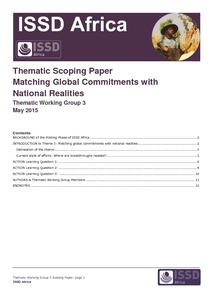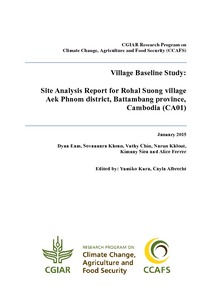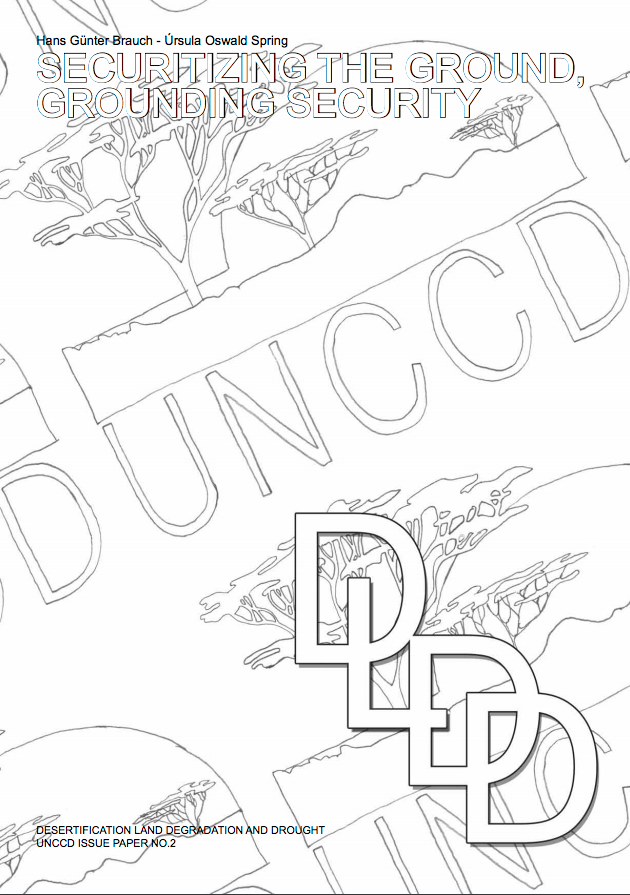The yield gap: closing the gap by widening the approach
The yield gap has arisen again as a focus for agricultural research to ensure food security and economic growth for farmers around the world. To examine this renewed interest, we carried out a review of key literature in the field of yield gap analysis to identify important gaps in research and analysis. In so doing, both the complexities in yield gap studies emerged along with some significant omissions. Much of the literature and research on the yield gap has been framed by larger concerns and initiatives to raise agricultural productivity.







